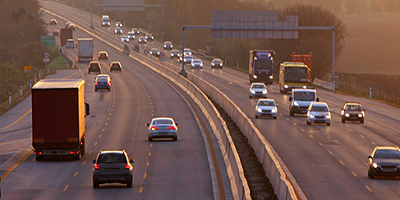What’s new in the Highway Code? 7 tips for safer motoring
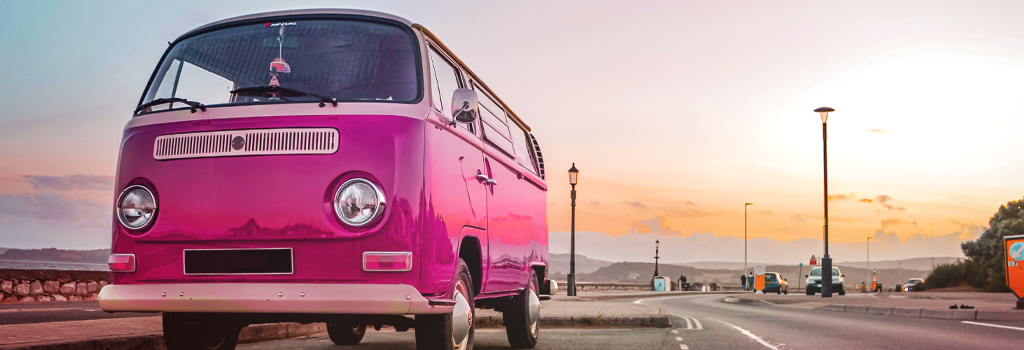
Do you know your Highway Code? Every driver should, especially since some changes have been added to make the roads safer for high risk users like pedestrians and cyclists.
Here are the seven changes every motorist needs to know.
1 A hierarchy of road users
Everyone who uses the road is now ranked in order of their level of risk in an accident. It’s called the ‘hierarchy of road users’. So pedestrians, who are most at risk, come top, followed by cyclists, then horse riders, then motorcyclists, cars and taxis, vans and minibuses and finally large goods/passenger vehicles.
If you’re driving a car, it’s your responsibility to avoid causing any danger to any of the groups ranked above you. At the same time, all road users are expected to do all they can to use the roads safely.
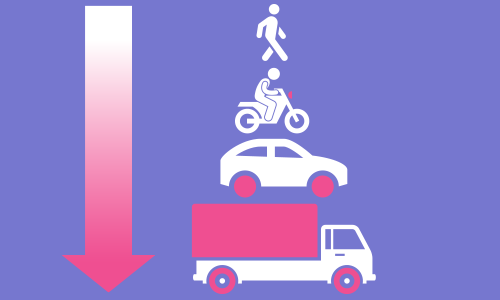
2 Safety at junctions
This is a big one. As a motorist, you must consider the hierarchy of road users when you’re turning into or out of a junction. If a pedestrian is crossing or waiting to cross, you should give way.
Similarly when at junctions cyclists should also give way to pedestrians; motorcyclists to horse riders, cyclists and pedestrians; car drivers to motorcyclists, horse riders, cyclists and pedestrians etc.
The new Code also says that cyclists may overtake on either side in slow traffic, so if you’re in a car and a bicycle is coming up on your inside when you want to turn left into or out of a junction, you should let them go first. You shouldn’t cut across other road users if it would cause them to stop or swerve. This also applies when changing lanes.
3 Hold back on roundabouts
Roundabouts can be dangerous for slower movers like cyclists and horse riders, especially if they’re not taking the first exit. As they go round the roundabout there’s a danger of being cut up by cars, lorries and motorbikes.
To try and avoid this, the new Highway Code advises drivers and motorcyclists to give room to more vulnerable road users (cyclists, horse riders and horse drawn vehicles) on roundabouts. If you’re in a car behind a cyclist, for example, hold back and let them get clear of the roundabout. Don’t try to overtake them in their lane.
Cyclists, horse riders and horse-drawn vehicles have the right to use the left-hand lane all the way round a roundabout, regardless of which exit they are taking. So be aware of this, watch out for their signals and give them space to turn.
4 Safe cycling
Motorists sometimes wonder why cyclists are taking up more of the road than they seem to need and making it harder to pass straight away, but the new Highway Code explains that this is often good, safe practice.
So if you find yourself behind a cyclist in the middle of the lane when driving, they’re just minding their safety, not doing this to aggravate you. When they know that you’re behind them, they should pull over to let you pass, but only when it’s safe. And they’re advised to stay at least half a metre from the kerb, to avoid drains and other obstacles. Slow down and give them room (see Safe overtaking below).
Cyclists are allowed to protect each other by riding two abreast. The new Code says this is a good safety measure, particularly in large groups or when riding with children or those who require more support when cycling on the road.
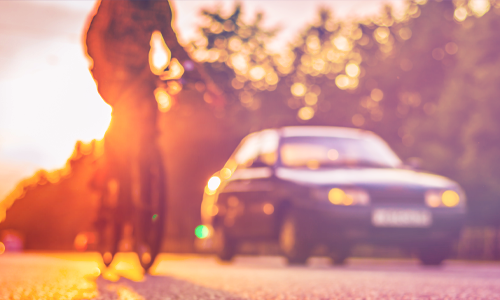
5 Safe overtaking
When overtaking any other road user, you have a responsibility for their safety. That means leaving plenty of room. For overtaking cyclists, the new Code says to leave at least 1.5m (5 feet) of clearance; more if they are going faster than 30mph.
For horses and pedestrians, increase the gap to at least 2m (6.5 feet), and when passing horses (either ridden, led or as part of a horse drawn vehicle) you shouldn’t pass at faster than 10mph. If there’s traffic coming the other way and you can’t give them that much room, or pass at the speed you should safely, slow down and wait behind them until you can.
In slow traffic, remember that cyclists are allowed to overtake on the inside as well as the outside. Keep checking your mirrors every time you move forward or go to make a turn.
6 Safety when leaving your vehicle
People often forget road safety when getting out of a car or van, but a door opened into the path of a cyclist, motorcyclist or even a pedestrian on the pavement can cause a nasty accident.
To avoid this, the new Code recommends a simple trick of opening the door with the opposite hand to the side the door is on. For example, if you’ve just parked and you’re getting out of the driver’s door on the right, use your left hand to open the door. This will make you turn so you can see over your shoulder so you should notice anyone about to come past.
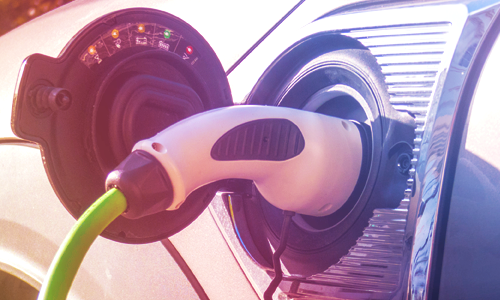
7 Charge point safety
Now that more and more people are using electric vehicles, the Highway Code has added some guidance on the safe use of chargers. The main danger is the cable, which could become a trip hazard if laid across somewhere people may be walking.
Drivers of electric vehicles are advised to park close to the charge point so the cable doesn’t have to stretch across a wide area. When finished, they should make sure the cable is put back tidily so there are no loops left dangling where they could trip someone up.
Displaying a warning sign while charging is also advised.
If you want to read all the changes to the Highway Code, you can find them here. It’s all designed to keep us safe and sound on the roads, however we use them.
You may also be interested in
How to make sure your wheels stay covered
Reach a higher state of car cover consciousness with our video.
FCA changes to insurance and how they may affect your premium
The Financial Conduct Authority (FCA) – an insurance industry regulator – recently introduced new regulation to insurance pricing to take effect on 1 January 2022.

